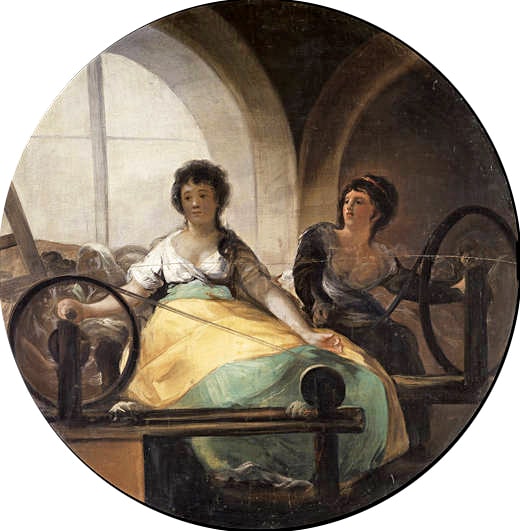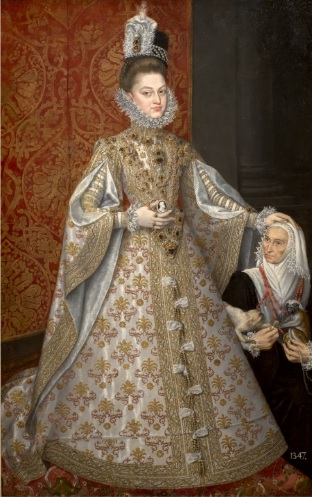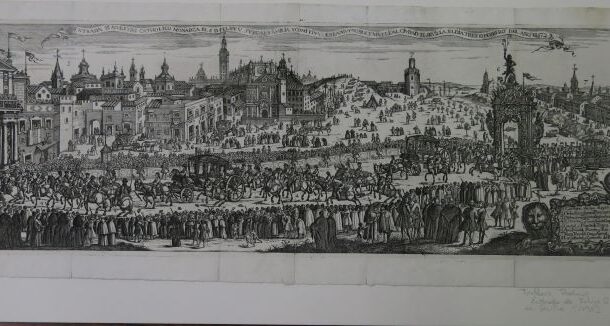
The work of the washerwomen depicted in Goya’s composition shows one of the trades that remained intact in Madrid society until well into the 20th century. They are women who washed for their families, but also for middle- and upper-class people or for institutions such as hospitals and barracks. It was a widespread and low-income profession, as well as physically hard, as it required a stooped position and permanent contact with water. These washhouses were places of female sociability where women shared joys, knowledge, confidences, jokes and laughter. In 1790, a Royal Decree addressed to this group prohibited them from shouting and making obscene gestures to passers-by, which raises the question of male behaviour.
Collection: Images
Project: 11. Science and culture as representation in Europe., 4. Family, daily life and social inequality in Europe.
Chronology: XVIII
Scope: Secondary Education, Baccalaureate, University
Resource type: Image
Format: Oil on canvas (257,5 x 166 cm)
Source: Museo del Prado (Madrid)
Language: Spanish
Date: 1780
Owner: Álvaro Romero González (Modernalia)
Identifier: P000786
Copyright: Museo del Prado (Madrid)
Abstract: A group of young women, portrayed by Goya, rest after they have laid out some clothes while waiting for them to dry
Image
Tags







